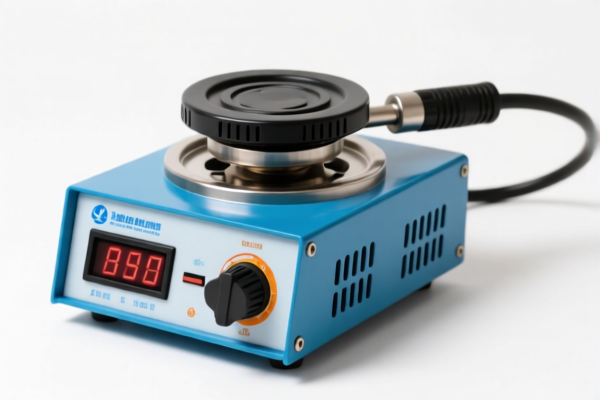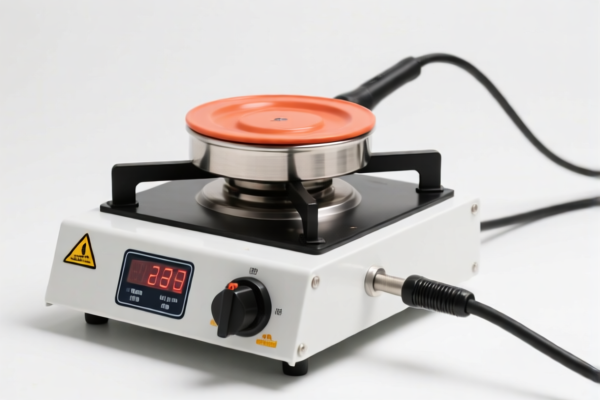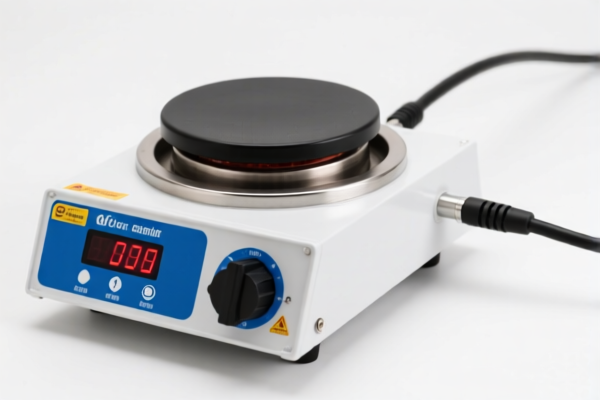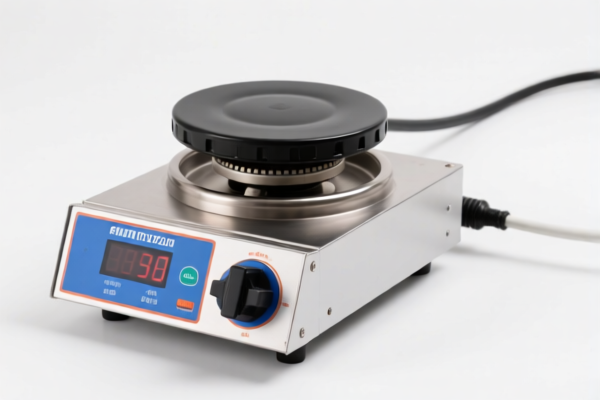| HS Code | Official Doc | Tariff Rate | Origin | Destination | Effective Date |
|---|---|---|---|---|---|
| 8545110010 | Doc | 55.0% | CN | US | 2025-05-12 |
| 8545110050 | Doc | 55.0% | CN | US | 2025-05-12 |
| 9615902000 | Doc | 38.1% | CN | US | 2025-05-12 |




Immersion Water Heater
An immersion water heater is a device used to heat water directly using an electrical heating element submerged in the water itself. These heaters are typically constructed with a metal heating element encased in a protective housing, often stainless steel or copper, and feature a handle for safe operation and temperature control.
Material:
- Heating Element: Typically constructed from Nickel-Chromium alloy (NiCr) due to its high resistance and ability to withstand high temperatures without oxidizing.
- Housing: Stainless steel is common for its corrosion resistance and durability. Copper is also used, though less frequently due to potential corrosion issues in certain water types. Some models incorporate plastic handles and guards for insulation.
- Handle: Typically made of heat-resistant plastic (like Bakelite or polypropylene) to provide a safe grip.
Purpose:
The primary purpose of an immersion heater is to quickly and efficiently heat a relatively small volume of water. They are not designed for whole-house heating or continuous use like tank water heaters.
Function:
Immersion heaters operate on the principle of Joule heating. When an electric current passes through the high-resistance heating element, it generates heat. This heat is directly transferred to the surrounding water through conduction and convection. The amount of heat generated is proportional to the square of the current, the resistance of the element, and the time the heater is active (P = I²Rt).
Usage Scenarios:
- Heating Water in Buckets/Containers: Commonly used for heating water for cleaning, bathing (especially in areas with limited plumbing), or industrial processes.
- Emergency Water Heating: Useful in situations where a primary water heating system is unavailable.
- Industrial Applications: Used in laboratories, workshops, and small-scale industrial processes requiring localized water heating.
- Camping/Outdoor Activities: Portable models are sometimes used for heating water in remote locations.
Common Types:
- Standard Immersion Heaters: Consist of a simple heating element with a handle. These are generally used for basic water heating tasks.
- Thermostatic Immersion Heaters: Feature a built-in thermostat to automatically maintain a desired water temperature, preventing overheating.
- Portable Immersion Heaters: Compact and lightweight models designed for easy transport and use in various locations. Often feature a coiled element and a protective cage.
- Flanged Immersion Heaters: Designed for installation directly into tanks or vessels via a threaded flange. Common in industrial applications.
- Over-the-Side Immersion Heaters: Suspended over the side of a tank, offering flexibility in placement.
Safety Considerations:
- Never operate an immersion heater without being fully submerged in water. This can cause the element to burn out and potentially create a fire hazard.
- Always ensure the heater is properly grounded.
- Do not use in flammable liquids.
- Avoid using extension cords if possible. If necessary, use a heavy-duty cord of the appropriate gauge.
- Regularly inspect the heater for damage.
- Turn off and unplug the heater before removing it from the water.
Based on the provided information, classifying “immersion water heater” requires careful consideration of its material and function. The following HS codes may be relevant:
- 8545110010: Carbon electrodes, carbon brushes, lamp carbons, battery carbons and other articles of graphite or other carbon, with or without metal, of a kind used for electrical purposes: Electrodes: Of a kind used for furnaces Graphite: Not exceeding 425 mm in diameter. This code applies to carbon-based electrical components, specifically electrodes used in furnaces. If the immersion water heater utilizes a graphite electrode within its heating element and its diameter is not exceeding 425 mm, this code could be applicable. The total tax rate is 55.0%, comprising a 0.0% base tariff and a 25.0% additional tariff, increasing to 30.0% after April 2, 2025.
- 8545110050: Carbon electrodes, carbon brushes, lamp carbons, battery carbons and other articles of graphite or other carbon, with or without metal, of a kind used for electrical purposes: Electrodes: Of a kind used for furnaces Other. This code also applies to carbon-based electrical components used in furnaces, but for electrodes exceeding the diameter limit specified in 8545110010. If the immersion water heater utilizes a graphite electrode exceeding 425 mm in diameter, this code would be relevant. The total tax rate is 55.0%, with a 0.0% base tariff and a 25.0% additional tariff, increasing to 30.0% after April 2, 2025.
It is important to note that these codes are specifically for carbon-based electrodes used in furnaces. If the immersion water heater utilizes a different heating element material (e.g., metal), these codes may not be applicable.
According to the provided reference material, the HS code options related to 'immersion water heater' are limited, with only the following 2 found.
Customer Reviews
No reviews yet.